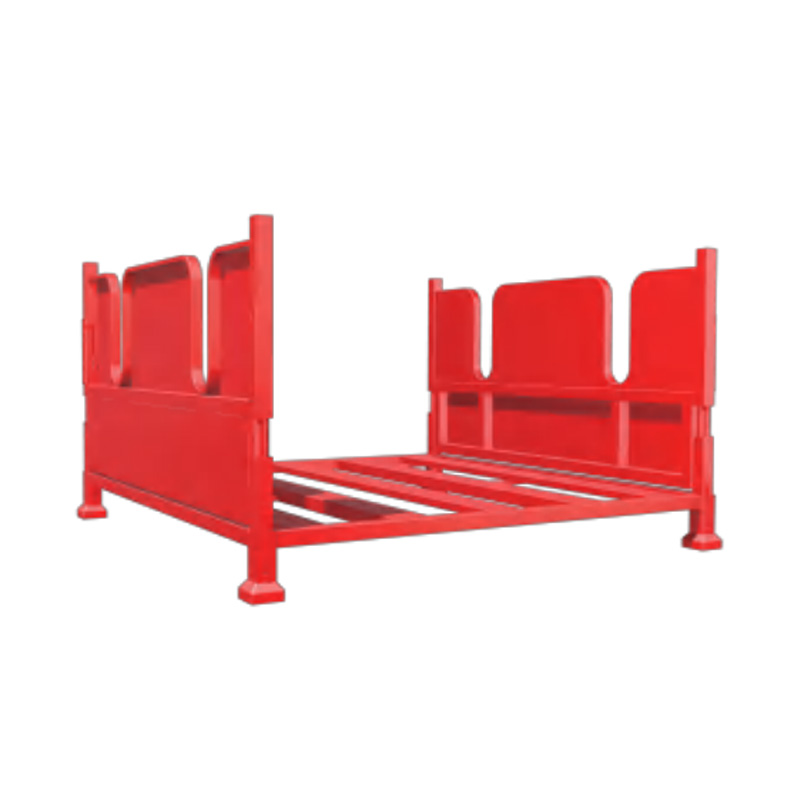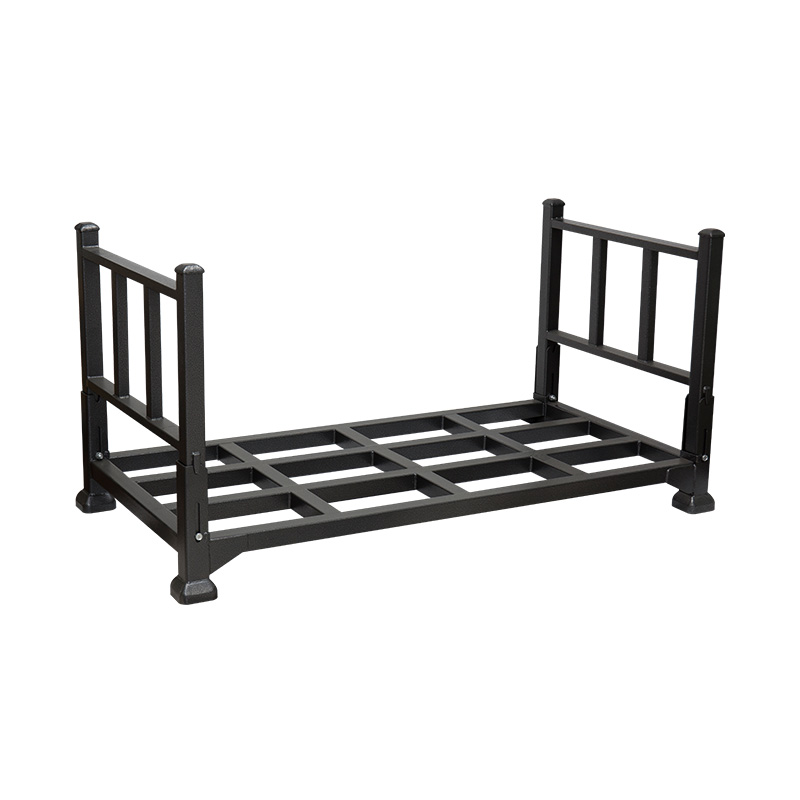Don't hesitate to send a message
Web Menu
Product Search
Exit Menu
How to optimize warehouse layout to improve space utilization and operational efficiency?
Optimizing warehouse layout to improve space utilization and operational efficiency can be achieved through the following key steps:
1. Evaluate current warehouse layout
Data analysis: Collect and analyze warehouse operation data, including goods flow, storage density and order processing time.
Process observation: On-site inspection of current warehouse layout and operation process to identify bottlenecks and inefficient areas.
2. Classification and partitioning
Goods classification: Classify goods according to their characteristics, demand frequency and volume. For example, fast-moving goods should be close to the entrance and exit, while slow-moving goods can be stored farther away.
Zoned storage: Divide different storage areas, such as picking area, storage area, return area, etc. Ensure that the design of each area meets its specific functional requirements.
3. Shelf layout optimization
Vertical storage: Maximize the use of vertical space by using high shelves and multi-layer storage systems.
Adjustable shelves: Use adjustable height shelf systems to flexibly adjust according to the height of different goods.
Appropriate channel width: Ensure that the channel width can meet the equipment operation requirements (such as forklifts) without wasting space.
4. Path optimization
Picking path optimization: Design the shortest and most efficient picking path to reduce the walking distance of pickers.
One-way path: Use one-way paths in appropriate areas to avoid congestion and confusion.
5. Automation and technology application
Automated equipment: Introduce automated storage and retrieval systems (AS/RS), automated guided vehicles (AGVs) and robots to improve operational efficiency and accuracy.
Warehouse management system (WMS): Implement advanced WMS software to achieve real-time inventory tracking, order management and operation optimization.
6. Flexibility and scalability
Modular design: Adopt modular design so that the warehouse layout can easily adapt to changes in future needs.
Temporary storage area: Reserve temporary storage space to handle seasonal demand or sudden inventory changes.
7. Continuous improvement
Regular review and adjustment: Regularly evaluate warehouse layout and operating processes, and adjust and optimize based on data feedback and operational changes.
Staff training: Ensure that staff are familiar with the new layout and operating procedures, and conduct regular training to improve operational efficiency and safety.
Through the above measures, the utilization rate of storage space and operational efficiency can be significantly improved, thereby reducing costs and improving service levels.
-

Product specification:This Warehouse wire mesh Multi-Tier Order Picking Trolley adopts a chassis and side panel structur...
See Details -

Foldable pallet cages are an important tool in factory logistics. They play an important role in transportation, distrib...
See Details -

Product specification:The chassis is made of a square tube frame, with a bottom metal sheet tray that can be folded up a...
See Details -

Stacking rack, also known as Qiaogu rack or stacking rackIt is a transportation and storage device derived from pallets ...
See Details -

Product specification:Container structure made of L-Type plate frame with 50×50 wire mesh, with base support.Surface tre...
See Details
-
Building B5, No. 138, Weixi Road, Weixi Village, Weitang Town, Xiangcheng District, Suzhou City, China.
-
Tel:
+86-13862140414
+86-13951110334 -
Phone: +86-512-65905480





